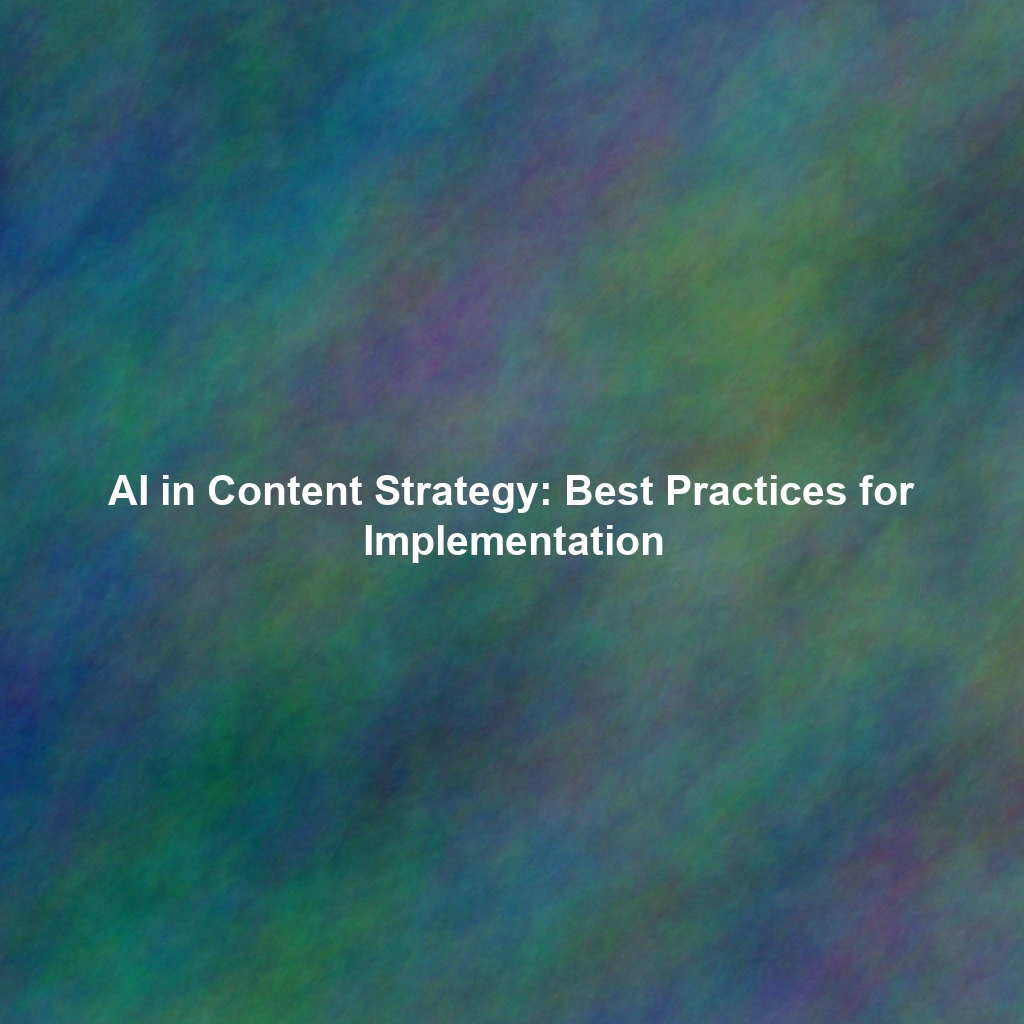Unlocking the Hidden Potential: Your Internal Knowledge Base
Every company has experts – individuals deeply knowledgeable about specific aspects of the business, industry trends, or customer challenges. These are the people who are often the first to be consulted when questions arise. Imagine tapping into this internal knowledge base to create engaging and informative content that attracts your target audience. By strategically leveraging their expertise, you can build a robust content engine that continuously generates valuable content without breaking the bank.
Identifying Your Subject Matter Experts
The first step is identifying your SMEs. Who are the go-to people in different departments? Who consistently demonstrates expertise in meetings and conversations? Consider roles such as:
- Sales and Customer Success: They understand customer pain points and can provide solutions.
- Product Development: They possess deep knowledge of your products and their features.
- Engineering and R&D: They can explain complex technical concepts in an accessible way.
- Marketing and Strategy: They have insights into industry trends and market analysis.
Once you’ve identified your SMEs, it’s time to explore ways to capture their knowledge and translate it into compelling content.
Strategies for Transforming SMEs into Content Creators
Turning your SMEs into content contributors requires a strategic approach that minimizes their effort while maximizing the value of their input.
Interviewing Subject Matter Experts
One of the most effective methods is conducting interviews. Instead of asking SMEs to write entire articles, conduct structured interviews focusing on specific topics. This can be done through:
- Structured Questionnaires: Prepare a list of targeted questions designed to extract key insights.
- Informal Conversations: Record and transcribe conversations with SMEs, focusing on relevant themes.
- Collaborative Brainstorming Sessions: Facilitate group discussions to generate ideas and uncover valuable perspectives.
After the interview, a dedicated editor (or even an external freelancer) can transform the transcript into a blog post, article, or even a script for a video.
Recording Internal Presentations and Webinars
Many companies already conduct internal presentations, webinars, and training sessions. These sessions are a goldmine of valuable content. Record these sessions (with the presenter’s permission, of course!) and repurpose them into:
- Blog Posts: Summarize key points and insights from the presentation.
- Short Videos: Extract key segments and create short, engaging video clips for social media.
- Infographics: Visualize data and key takeaways using compelling visuals.
- Podcast Episodes: Extract the audio and turn it into a podcast episode.
Repurposing Existing Materials
Chances are, your organization already possesses a wealth of content in the form of whitepapers, reports, case studies, and presentations. Repurposing this existing material can significantly reduce content creation time and effort. Consider:
- Breaking Down Whitepapers: Convert lengthy whitepapers into a series of blog posts.
- Creating Infographics from Reports: Visually represent key data and statistics from reports.
- Turning Case Studies into Testimonials: Highlight customer success stories on your website and social media.
Motivating and Training Your SMEs
Successfully transforming SMEs into content creators requires motivation and training. Many SMEs may feel intimidated by the prospect of creating content, so it’s crucial to provide support and guidance.
Incentives and Recognition
Offer incentives to encourage participation. This could include:
- Public Recognition: Highlight their contributions on your company website, social media, or internal newsletter.
- Professional Development Opportunities: Provide access to content marketing training or workshops.
- Financial Incentives: Offer small bonuses or gift cards for contributing high-quality content.
Training and Support
Provide basic training on content creation best practices. This could include:
- Content Marketing Fundamentals: Explain the basics of SEO, keyword research, and target audience analysis.
- Writing Tips: Offer guidance on writing clear, concise, and engaging content.
- Presentation Skills: Provide tips on delivering effective presentations and webinars.
Streamlining the Content Creation Process
To ensure a smooth and efficient content creation process, establish clear workflows and responsibilities.
Establish a Content Calendar
Create a content calendar to plan and schedule content creation activities. This will help you stay organized and ensure a consistent flow of content.
Assign Roles and Responsibilities
Clearly define the roles and responsibilities of each team member involved in the content creation process. This could include:
- SME: Provides expertise and insights.
- Editor: Reviews and edits content for clarity and accuracy.
- Designer: Creates visuals and graphics.
- Marketer: Promotes and distributes content.
Utilize Content Management Tools
Leverage content management tools to streamline the content creation process. These tools can help you manage tasks, track progress, and collaborate with your team.
Conclusion: Unleashing the Power of Internal Expertise
Building a content engine without hiring a content team is entirely possible by tapping into the existing expertise within your organization. By implementing the strategies outlined in this guide, you can transform your Subject Matter Experts into valuable content contributors, driving organic growth, enhancing your brand authority, and fostering a culture of knowledge sharing. Embrace the power of internal knowledge and unlock the potential of your hidden content engine. The results will speak for themselves.
 Skip to content
Skip to content

